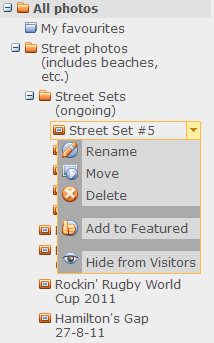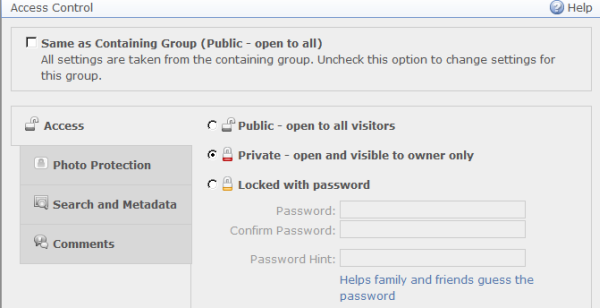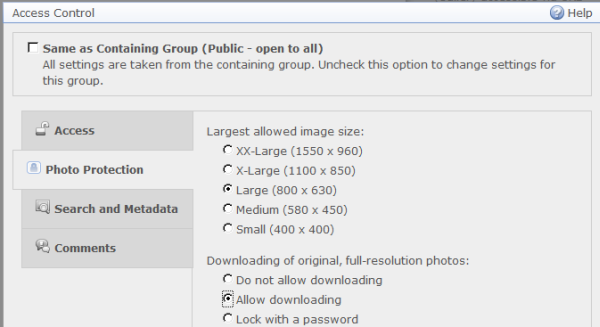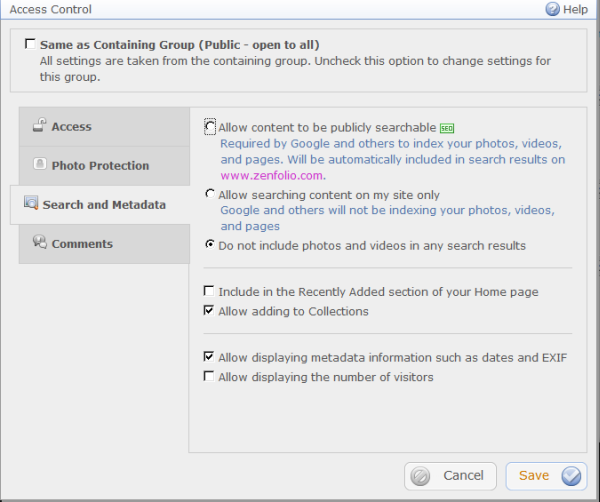Have you ever received some useful information in an email and then lost that email? When is that party you were invited to? What is that new address? If you’re the one person on the planet who hasn’t done this let me tell you that it’s a jolly nuisance. Even if you do keep all your email on your computer, what happens to those emails when your hard drive dies or a meteor lands on your house?
I believe that the best option for storing, backing up, or archiving your emails is Gmail, for these reasons:
- Google keeps several copies of your data in different places. If a meteor wipes out one data centre you should be okay.
- There are no guarantees, but you’re very unlikely to lose data that’s stored with Google.
- It’s free and you get lots of storage space (currently 10GB, and rising all the time).
- You can access your emails from almost anywhere that has an internet connection (there’s a “basic HTML” option for slow connections).
- Most email programs will let you search for emails by looking for a sender or a subject line. Gmail does that, and also lets you search the content of emails, which is invaluable. E.g., if you remember a phrase that was included in an email you can search for that.
It’s a three step plan
1) Set up a Gmail account: I prefer to have one that is used for archives and nothing else. Try appending your name with “archive”, e.g., if your name is Donald Duck you could try and get the email address donaldduckarchive@gmail.com.
2) Set up your email program so that when you send an email it automatically sends a BCC copy to your Gmail account. Using BCC means that your recipients will never see your Gmail address.
3) When you receive an email that you want to keep click Forward, then Send, and it will go to you Gmail archive. When you click Forward the email program will automatically add your Gmail address to the email and, optionally, you can add some keywords before clicking Send. E.g., if the email is about a particular person but does not mention that person by name you can add the name to help you later on when you do a search in Gmail. Alternatively, you could also add the topic of the email, e.g. “recipes” or “photography”.
Setting up BCC in Thunderbird
I’m not going to give instructions for every email program, but I am familiar with Thunderbird so I’ll cover that.
Click Tools > Account Settings > your email address > Copies & Folders. Ensure that “BCC these email addresses” is ticked and type in your Gmail address. Click OK and you’re all done.
Conclusion
There was a time when people kept all the letters they received from family members and this is the modern equivalent of that (if you do actually receive some physical mail that you want to keep just scan it and email it to your Gmail archive). I have used this system for several years and found that it’s simple and reliable.













